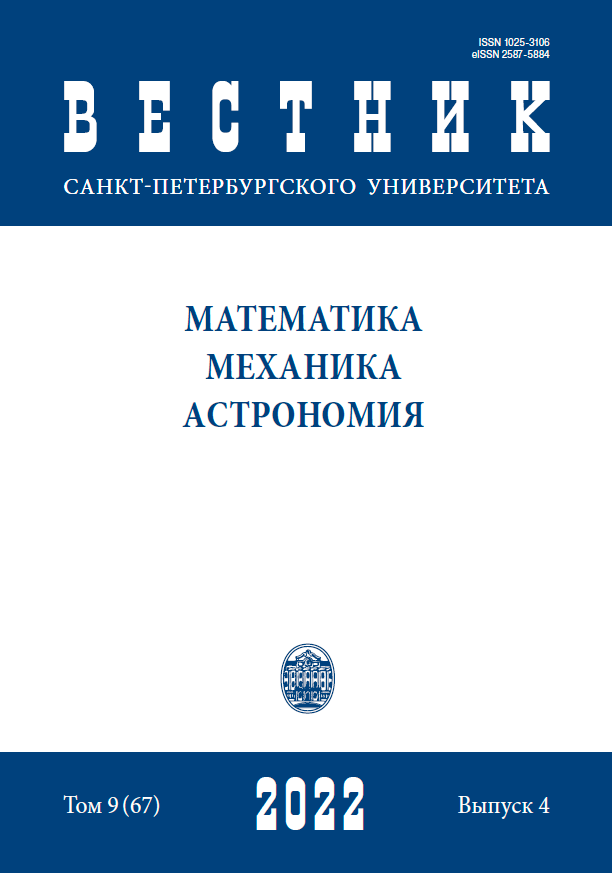Neural network approach in modelling vibrational kinetics of carbon dioxide
DOI:
https://doi.org/10.21638/spbu01.2022.409Abstract
The study is devoted to modeling nonequilibrium vibrational kinetics of carbon dioxide taking into account complex mechanisms of relaxation and intermode energy exchanges. The possibilities of using machine learning methods to improve the performance of numerical simulation of non-equilibrium carbon dioxide flows are studied. Various strategies for increasing the efficiency of the hybrid four-temperature model of CO2 kinetics are considered. The neural network approach proposed by the authors to calculate the rate of vibrational relaxation in each mode turned out to be the most promising. For the problem of spatially homogeneous relaxation, estimates of the error and computational costs of the developed algorithm are carried out, and its high accuracy and efficiency are demonstrated. For the first time, the carbon dioxide flow behind a plane shock wave was simulated in a full state-to-state approximation. A comparison with the results obtained in the framework of the hybrid four-temperature approach is carried out, and the equivalence of the approaches is shown. This makes it possible to recommend developed multitemperature approxima tions as the main tool for solving problems of nonequilibrium kinetics and gas dynamics. The hybrid four-temperature approach using the neural network method for calculating relaxation terms showed the acceleration of numerical simulation in time by more than an order of magnitude, while maintaining accuracy. This technique can be recommended for solving complex multidimensional problems of nonequilibrium gas dynamics, including state-to-state chemical reactions.Keywords:
vibrational relaxation rate, state-to-state and multi-temperature kinetics, artificial neural network, carbon dioxide, machine learning
Downloads
References
Литература
References
Downloads
Published
How to Cite
Issue
Section
License
Articles of "Vestnik of Saint Petersburg University. Mathematics. Mechanics. Astronomy" are open access distributed under the terms of the License Agreement with Saint Petersburg State University, which permits to the authors unrestricted distribution and self-archiving free of charge.





